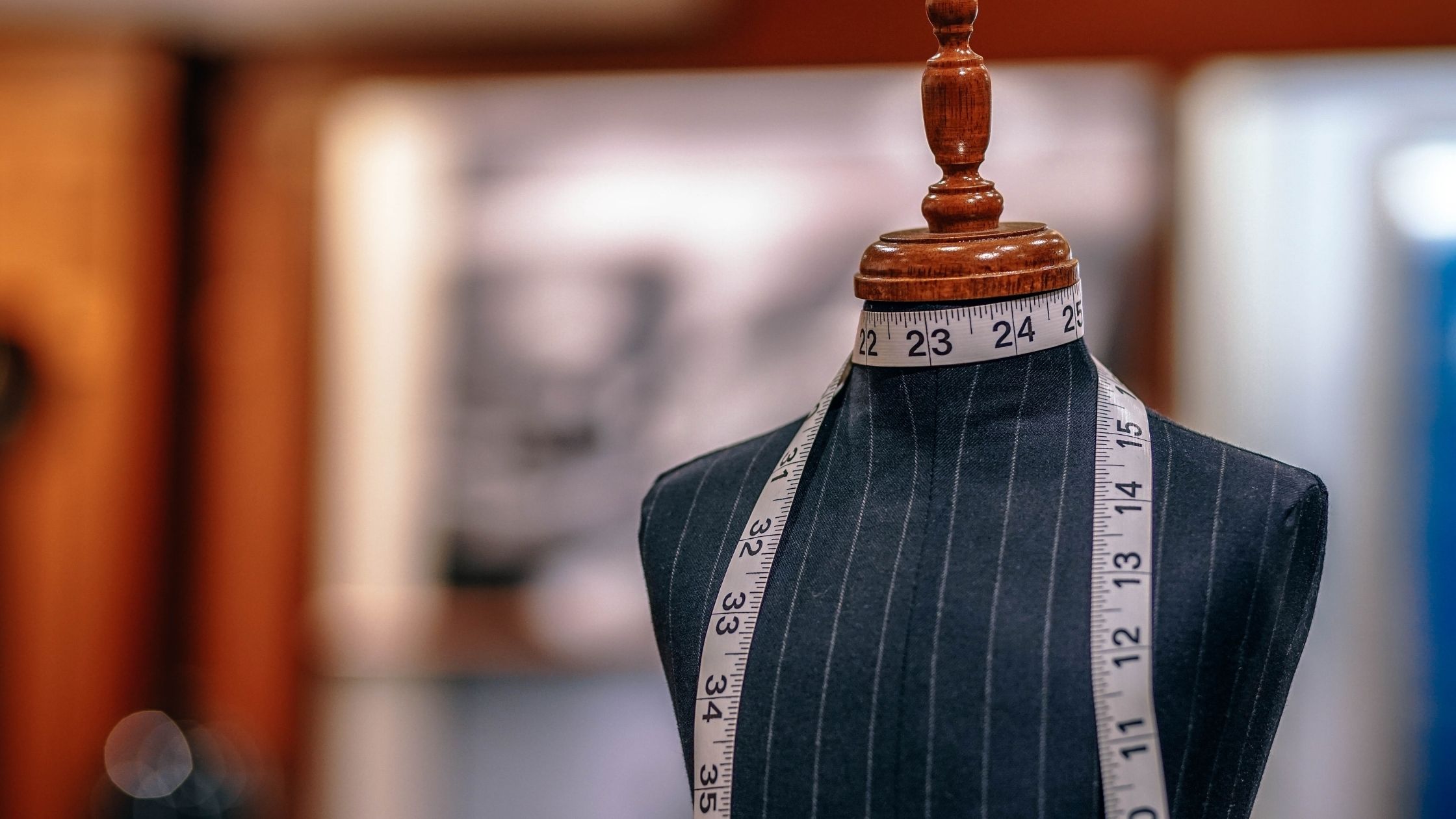The arrival of COVID-19 in early 2020 had a fundamental impact on the fashion industry. Thoughts turned to assist the overwhelmed healthcare sector as fashion houses produced scrubs instead of haute couture. Bennet Schwartz Sydney creative believes the fashion industry will need to alter its approach to the public if the established brands survive. Across the planet, the lockdown of 2020 led to the closure of clothing stores and a switch to online retail. The fashion industry will see the impact of the COVID-19 pandemic for years to come, with less than 12 percent of U.K. shoppers reporting they will return to their previous shopping experiences.
1. The End of Outdated Brands
Elle reports the initial problems caused by COVID-19 became apparent during Milan Fashion Week. The annual gathering of the fashion hierarchy in Italy came in February 2020, when the nation was entering its first lockdown. Bennet Schwartz admits watching the unfolding drama as the catwalks of Milan remained open, with the established brands continuing to drive forward.
By the end of 2020, established brands, such as that owned by Diane von Furstenberg decided to change their retail approach. Diane von Furstenberg gave an insight into the problems facing her brand, stating they had been around long before the arrival of COVID-19. Luxury brands have been swimming against the tide for years, with the traditional fashion calendar not providing a global reach. The inability to attract young consumers had already become an issue for luxury brands, which have seen consumers move to smaller brands offering sustainable products.
2. The Switch to Online Shopping
The biggest difference was seen by Bennet Schwartz Sydney creative when the lockdown forced shoppers online. The switch to online retailing had begun in other areas, with fashion remaining one of the few sectors still relying on brick and mortar stores.
The Guardian reports the switch to online shopping for fashion has been coming for many years, with the COVID-19 pandemic speeding the process. The statistics regarding online retail in the fashion industry include a rise from 33 percent of shoppers choosing online. By the end of 2020, the lockdown in the U.K. had forced shoppers to complete 70 percent of fashion purchases online.
3. Sustainability Comes to the Fore

There are several ways the fashion industry is changing after the problems of 2020. The luxury brand industry has grown on the back of its jet-setting image. Increasingly, the outdated view of European fashion houses has caused issues for designers and executives. Shoppers have been under government-mandated lockdown for over a year and do not see travel by members of the fashion industry as essential. The move towards sustainable fashion houses has already begun, with Chloe completing the first carbon-neutral catwalk show at the 2017 Paris Fashion Week.
The shift in the approach of the world’s largest fashion houses has been welcomed by Bennet Schwartz Sydney creative. Schwartz believes the move away from fast fashion is a good thing. Most consumers are seeking out high-quality garments that are designed to be long-lasting and limit their environmental impact. Forbes reports the fashion industry produces ten-percent of the world’s emissions, which is driving consumers to source environmentally-friendly retailers.
4. Changing the Digital Experience
Benet Schwartz Sydney creative director has discussed the switch to online shopping, but this is a single aspect of digital conversion. In the next few years, the shift to digital shopping is forecast to speed up. Online shopping has made buying clothing and accessories easy in the COVID-19 era. However, the software development of large retailers is a driving force behind the shift to online shopping. The digital experience will soon include the use of online changing rooms and details on how clothing is being made sustainable.
5. Changing Fashions
In the past, the fashion weeks of the world would be followed by copies of the most popular outfits making their way to the main street. The COVID-19 lockdown changed the way shoppers feel about their clothing, with a shift in focus to comfortable choices. The highest selling brands of 2020 included those offering leisurewear and exercise garments.
6. The Rise of the Workers

The hardest-hit segment of the fashion industry in 2020 were female workers in factories and retail outlets. The slowing of an industry worth $2.5 trillion affected female factory workers and shop assistants, who were the first to be sent home during the initial lockdowns. Many retail staff and factory workers have protested the huge profits of fashion labels in India, Vietnam, and Dubai during 2020.
7. China Takes the Lead
The fashion industry has been outdated for several decades, with the European seasons driving the calendar despite a shift to Asia for luxury retailers. The ability of the Chinese economy to rebound fastest from the pandemic has brought the market into focus. China is now the largest market for luxury fashion labels and is expected to take a leading role in the future of the industry.
Bennet Schwartz believes the COVID-19 pandemic will change the way communities work and interact for years to come. The fashion industry will have to undertake some difficult changes if it is to rebound in 2021 and beyond.